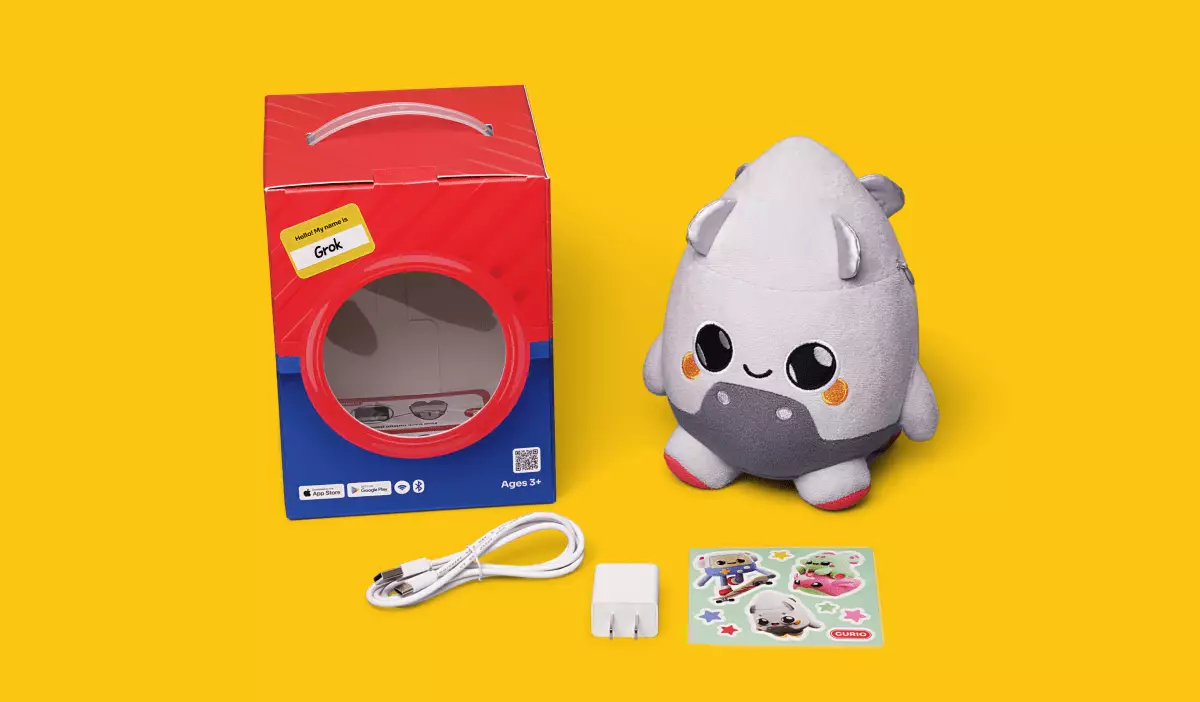Artificial intelligence has infiltrated many facets of daily life, and now it’s transforming childhood play in surprising ways. The concept of replacing screens—those supposed culprits of passive entertainment—with plushies embedded with conversational AI sounds innovative, even appealing. These adorable, cuddly toys promise a new form of engagement—interactive companionship without the harms of prolonged screen exposure. Yet, beneath this glossy veneer lies a complex web of psychological and developmental implications that warrant deep scrutiny. Are these AI plushies truly beneficial, or are they subtly conditioning children toward an unhealthy dependence on technology? As critics and careful parents begin to question their role, it’s clear that the promise of these toys isn’t as straightforward as it seems.
The Illusion of Safe and Nurturing Interaction
Many marketing campaigns position AI dolls like Grem or Grok as safe, educational alternatives to screens. They appear as friendly, approachable companions designed to stimulate curiosity, reinforce learning, and promote social skills. But behind this appealing presentation lies an unsettling reality: these toys are crafted to mimic human interaction convincingly, blurring the lines between genuine social engagement and artificial imitation. For children, a plushie that can “talk back” might seem like a friend, but it chews away at the natural process of learning how humans think, feel, and communicate. The consequence is a potential erosion of empathy, critical thinking, and authentic emotional connection—skills crucial for healthy development. Instead of fostering independence and curiosity, these AI plushies risk becoming a mirror that reflects back only what the manufacturer programs them to produce: a sanitized, predictable form of companionship.
The Ethical Dilemma: Who Is the Real Parent in This Relationship?
One of the most striking reflections from critics like Amanda Hess is the sense that these toys might serve as substitutes for parental interaction—an indirect message to children that AI can fulfill emotional needs traditionally met by caregivers. The demonstration involving Grem exemplifies how convincing these machines are at simulating kindness or empathy—so much so that an adult can feel uncomfortable sharing their own space with it. When the voice is removed, the toy becomes a silent observer, yet children still project personalities onto it and derive comfort from talking. This raises ethical questions—are we unintentionally training children to seek emotional satisfaction from machines instead of nurturing real human relationships? If children are conditioned to prefer talking to a plushie over a parent or teacher, what does it mean for their social development in the long term? Are we replacing genuine interactions with shiny, programmable facsimiles?
Parental Control and the Future of Childhood
Despite reservations, many parents, including Hess, grapple with the perceived convenience of these toys. They allow a moment of respite from screen fatigue while seemingly offering educational and emotional engagement. However, the way forward demands vigilance. As Hess eventually counters her own doubts by removing the voice box, she recognizes that control is vital—not merely to prevent overreliance but to understand what children are truly consuming. This calls for an active, rather than passive, role from guardians. We must challenge the narrative that technological engagement is inherently beneficial by design, instead fostering environments where children can experience genuine human connection, creativity, and unmediated play. Regulating and scrutinizing AI toys isn’t just about safety; it’s about preserving the integrity of childhood itself. The future of play should prioritize authentic, messy, imperfect human interactions, not polished, programmed echoes that mimic life.

